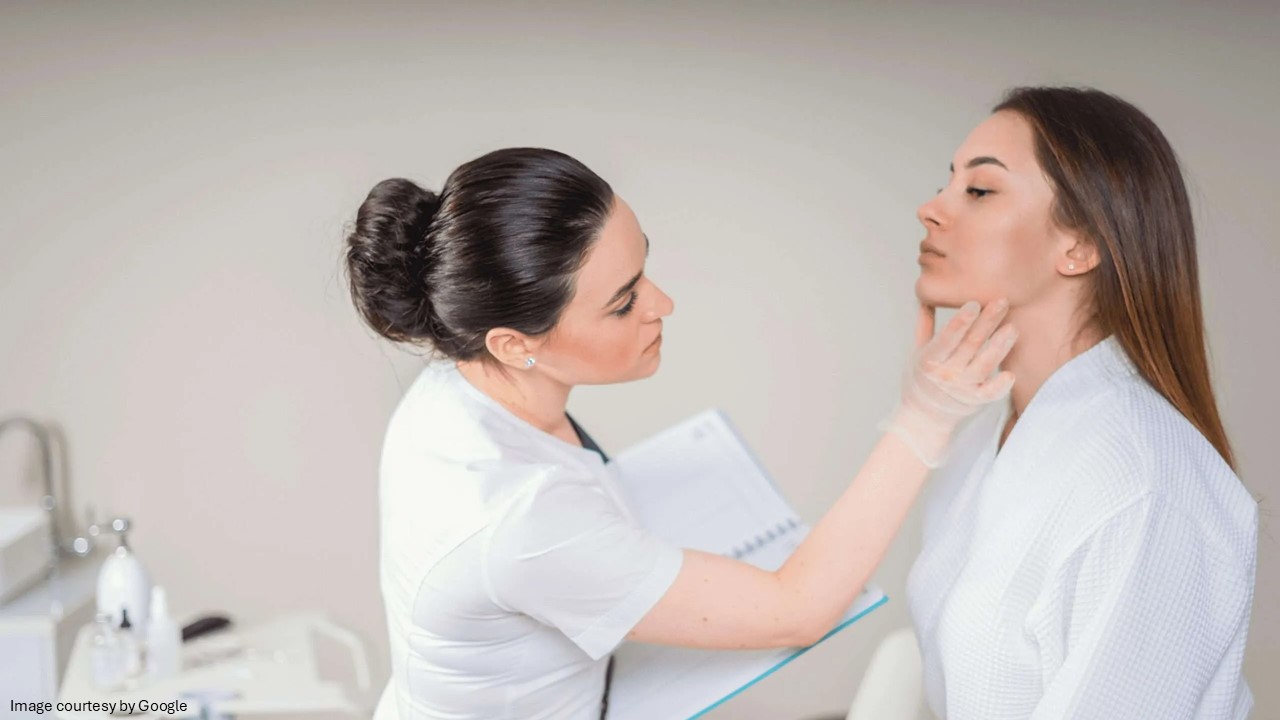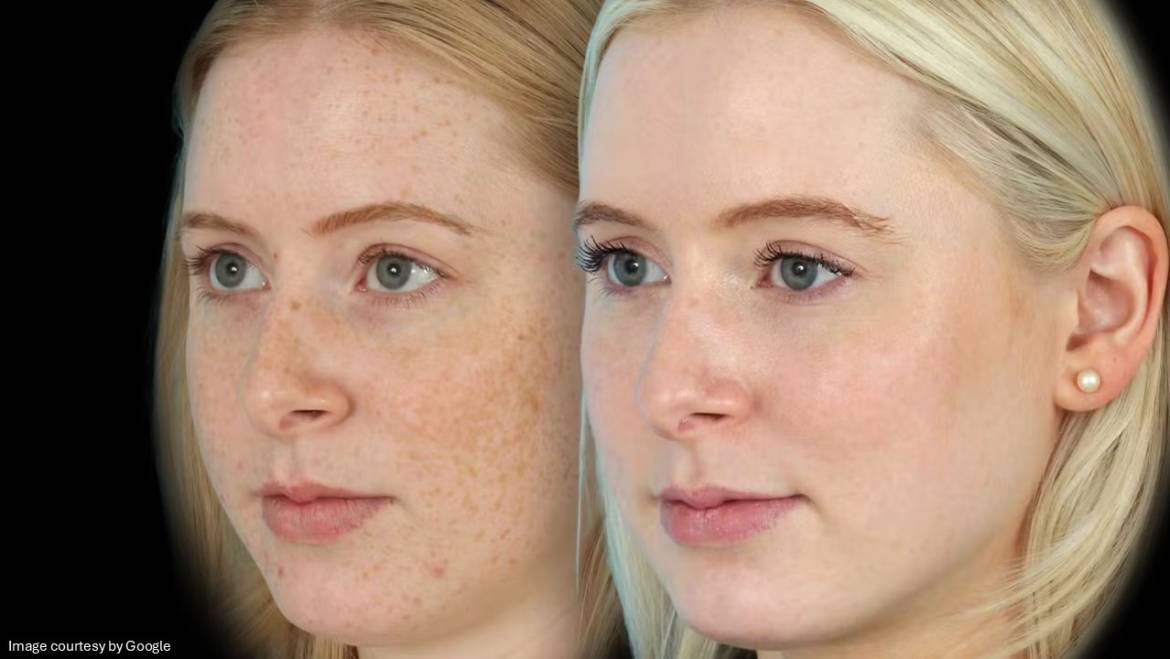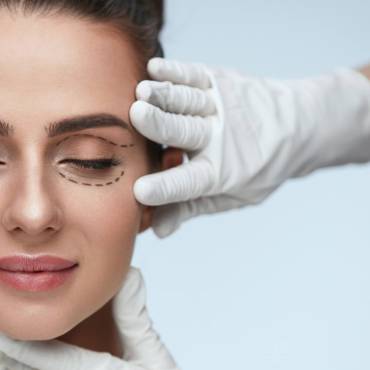Many people worldwide have chosen Melalite forte cream to eliminate hyperpigmentation and achieve a fairer complexion. While achieving the desired effects from the skin formulation is possible, it is necessary to proceed with caution for the skin care journey. If you are considering a skin lightening treatment, such as Melalite Forte cream, it is essential to consult a dermatologist. In that case, it is extremely important to be aware of the common mistakes using Melalite forte cream and avoid them. First, let’s find out how Melalite help you get rid of hyperpigmentation, and what’s behind the effectiveness of this skin lightening treatment.
What is Melalite Forte cream, and how does it work
Melalite forte cream is a topical treatment for skin problems that cause discolouration of the skin, such as melasma, age spots, acne scars, and eczema. This cream is available over the counter as well as in prescription-strength preparation. It works by lightening and fading away dark-coloured spots and patches on the skin. To gain a deeper understanding, it is essential to be aware of Melalite forte ingredients. The active ingredient is Hydroquinone 4%, a well-known agent that gradually lightens the skin and has a reversible effect. Hydroquinone is believed to affect the production of melanin, the substance responsible for the colour of the eyes, skin, and hair. By interfering with the reproduction of melanocytes (melanin-producing cells), reducing their number. This ultimately leads to lightening in the darker skin area.
Is Melalite forte cream safe?
Well, hydroquinone formulations like Melalite forte 4 30 gm cream are generally well-tolerated and safe to use by people of all skin types. Despite reports of toxicity in research studies conducted in animals, when used under a dermatologist’s supervision, the side effects reported were minimal. Moreover, it has been found that complications arise with unsupervised or over-the-counter use of the hydroquinone formulation.
How to use Melalite forte cream?
Apply only to the affected skin areas. A small amount of the formulation, as advised by your dermatologist, is enough to cover the affected areas of the skin. Rub the formulation gently into your skin. Avoid applying it near the corners of the eyes, nose, mouth and on open wounds.
However, this skin lightening treatment may not work for everyone. People with very dry and sensitive skin may experience additional irritation on regular usage. Prolonged usage may contribute to the worsening of skin discolouration, especially if you have dark skin.

Mistake using Melalite Forte cream to be avoided?
Melalite forte 30 gm cream can cause skin irritation if not used correctly. Excessive usage without a dermatologist’s supervision may lead to worsening of the condition. For better use, be cautious of potential mistakes when using Melalite forte cream. The tips below will help you identify things to take care of while using this topical formulation:
Overusing the cream: Some people believe that excessive use of Melalite forte 4 30 gm cream will help them attain their desired effects more quickly and easily. Well, on the contrary, this will have the opposite effect; you will not only fail to achieve the intended results but also end up with damaged skin. No doubt hydroquinone can help offer a lightning effect, but excessive usage may contribute to skin irritation and redness and even end up causing long-term skin damage. Also, avoid using harsh chemicals; instead, you can opt for products that are milder, such as kojic acid, liquorice extract and vitamin C.
Reflecting sun protection: Protecting your skin from the sun is imperative when using a hydroquinone formulation. It is mandatory to wear sun protection not only after a skin procedure, but also to maintain clear and vibrant skin. Prolonged sun exposure can darken the skin by stimulating the production of melanin (a natural skin pigment that gives skin its colour), thereby countering the skin-lightening effects. Melanin protects the skin from the ultraviolet (UV) rays of the sun as it is considered a broadband UV absorbent, along with having antioxidant and scavenging properties.
Mixing skincare products: Some people try to mix multiple products in the hope of attaining faster results. However, combining multiple active ingredients may have negative effects, particularly without a dermatologist’s advice. Mixing different products may result in conflicting effects, which may increase the risk of experiencing skin irritation and other skin issues. Therefore, it is always recommended to stick to a single product for some time and only switch when you do not receive its beneficial effects after the recommended time. Moreover, it is always a wise decision to consult a dermatologist and let them recommend the most suitable treatment.
Skipping the patch test: A patch is an extremely simple procedure that must be performed before introducing a new skincare formulation into your skincare regimen. It helps you determine if the skin reacts negatively to certain skincare. A patch test usually means applying a small amount of the formulation to skin areas like behind the ear, under the elbow and on the knees. If signs of an allergic reaction are noticeable over the next 24 hours, seek medical help immediately. In a more advanced form, a patch test is performed by dermatologists to diagnose conditions like contact dermatitis. In such cases, healthcare professionals apply adhesive patches to determine specific triggers such as fragrances, metals, or dyes.
It is better to have a skin reaction on a small portion of the skin, which will be easier to resolve, than to experience an adverse reaction all over your facial skin and body, leading to other complications that may become tough and take longer to resolve.
Ignoring skincare: Some people only focus on the skin-lightening treatments, neglecting overall skin care. The effects of ignoring skincare may not be immediately apparent, but it can prove to be a significant mistake in the long run. Obtaining desired effects from a skin lightening treatment like Melalite Forte cream requires a holistic approach. This includes following a proper skincare regimen of cleansing, moisturising, and exfoliating on a regular basis. Here, it is important to note that healthy skin responds better to skin lightening treatments and offers more satisfying and long-lasting results.
Stopping the treatment: The effect of Melalite forte cream on skin pigmentation is reversible. If you discontinue treatment, the melanin-producing cells affected by the topical medication begin to resume normal activity, leading to spots, blemishes, and patches to reappear gradually. Because long-term usage can increase the risk of adverse effects, skincare specialists usually recommend daily application for about 3 to 6 months. This treatment is usually followed by rest periods of less frequent usage (maintenance use). The maintenance period required the use of hydroquinone for two to three days a week, and this has been shown to preserve the desired effects for up to six months after treatment discontinuation.
Takeaway!
Though the skin conditions Melalite forte cream treats aren’t dangerous, melasma, dark spots, and other skin concerns can significantly impact one’s self-confidence, affecting quality of life. Fortunately, there is much to do to correct these skin problems and restore self-confidence. If you are unsatisfied with how your skin appears even after using Melalite forte cream, or aren’t sure about the effects you are receiving. In that case, it’s worth reaching out to a dermatologist and determining the reason behind the unsuccessful use of your hydroquinone formulation.



